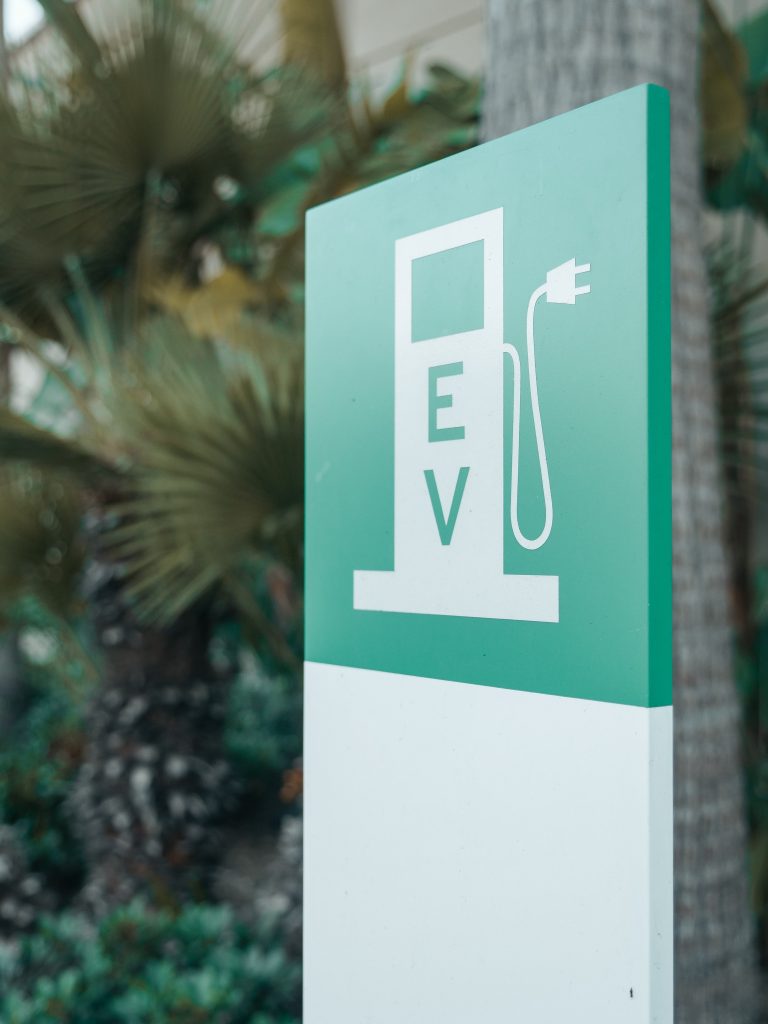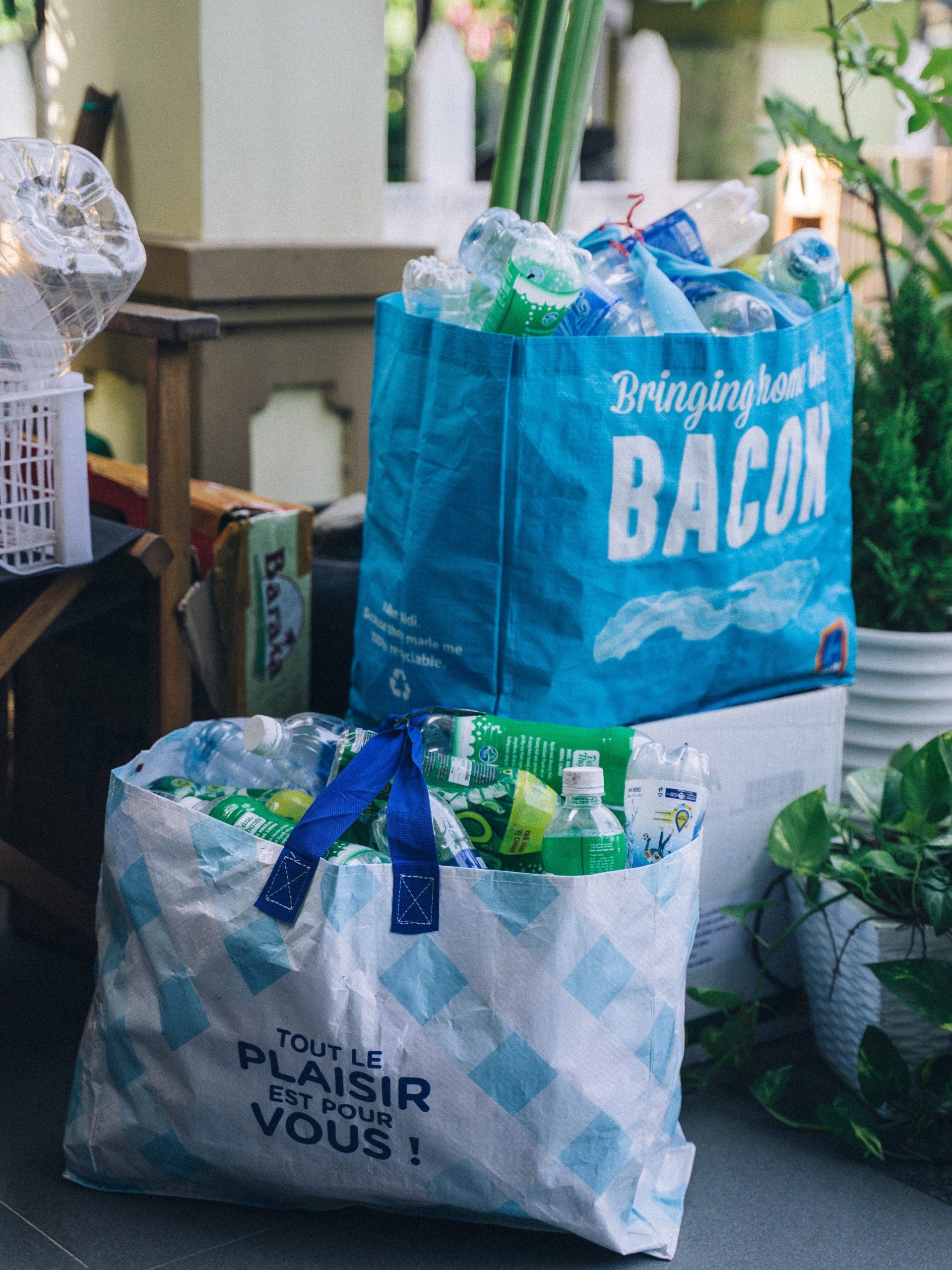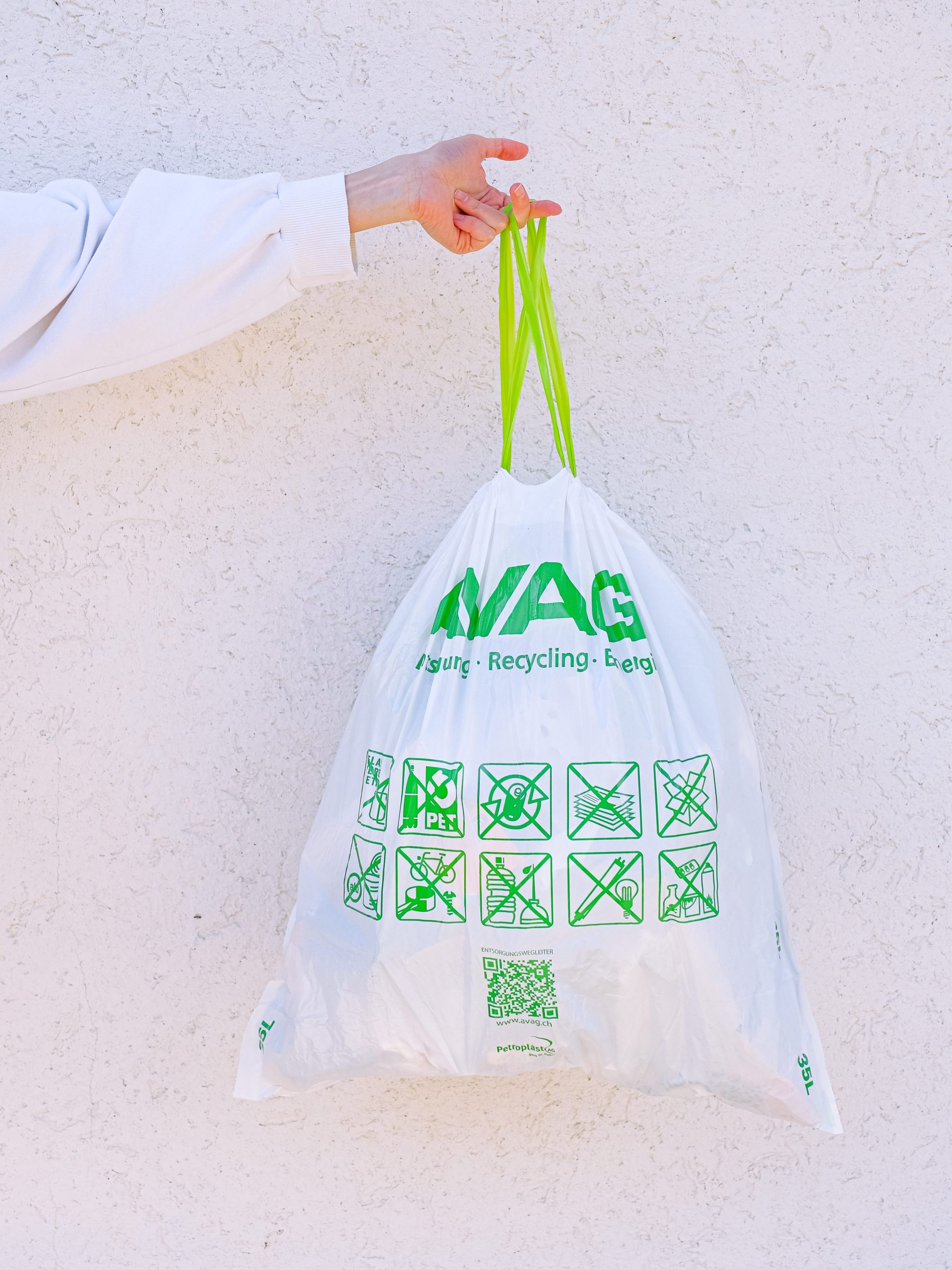As environmental awareness grows and the impact of climate change becomes increasingly apparent, the Canadian real estate market is experiencing a significant shift towards sustainability and green initiatives. Homebuyers and investors are now prioritizing properties that are energy-efficient, environmentally friendly, and built with eco-conscious materials. This article explores the rising trend of sustainable and green real estate in Canada and its impact on the industry, the environment, and the future of urban development.
Eco-Friendly Building Design and Construction:
In recent years, sustainable building practices have gained momentum, with developers and builders adopting green construction techniques. These include using renewable energy sources, implementing energy-efficient systems, and incorporating recycled or locally-sourced materials. Buildings are now designed to optimize natural lighting, ventilation, and temperature regulation, reducing the need for excessive energy consumption and minimizing the carbon footprint of the property.
Eco-friendly building design and construction have emerged as essential practices in the real estate industry, not only for their positive impact on the environment but also for the long-term benefits they offer to property owners. These sustainable properties not only reduce operating costs through energy and water efficiency but also contribute to the health and well-being of occupants. Additionally, they play a pivotal role in mitigating climate change and fostering a greener and more sustainable future for Canada’s urban landscape.



Energy-Efficient Appliances and Technologies:
Green real estate is characterized by the integration of energy-efficient appliances and smart technologies. Homebuyers are seeking properties equipped with advanced systems that allow for better energy management and conservation. These features not only reduce utility costs for homeowners but also contribute to the overall sustainability of the property.
Investing in energy-efficient appliances and technologies not only benefits the environment but also provides financial savings and enhances property value. With growing awareness of climate change and the importance of sustainability, properties equipped with these eco-friendly features are increasingly sought after in the real estate market. As the demand for energy-efficient solutions continues to rise, these technologies are transforming the way we live, work, and build for a greener and more sustainable future.
Green Certifications and Standards:
Several green building certifications, such as LEED (Leadership in Energy and Environmental Design) and ENERGY STAR, have become increasingly recognized in the Canadian real estate market. These certifications validate a property’s sustainable features, assuring buyers of its environmental commitment. Properties with green certifications often command higher resale values and appeal to environmentally-conscious homebuyers.
These certifications and standards play a vital role in guiding sustainable development in the real estate market. Properties with green certifications not only benefit from reduced environmental impact but also enjoy increased marketability, higher occupancy rates, and potential cost savings through improved energy efficiency and reduced operating expenses. As the demand for eco-friendly and energy-efficient properties continues to grow, these certifications are instrumental in shaping a greener and more sustainable future for the Canadian real estate industry.
Sustainable Landscaping and Green Spaces:
Green real estate goes beyond the four walls of a property; it encompasses the surrounding environment as well. Developers and city planners are increasingly incorporating green spaces and sustainable landscaping into residential communities. Parks, gardens, and green rooftops not only enhance the aesthetic appeal but also improve air quality and provide recreational areas for residents to enjoy nature.
In the evolving landscape of real estate development, sustainable landscaping and green spaces play a vital role in creating vibrant, healthy, and resilient communities for current and future generations. As the demand for sustainable living options grows, these green initiatives will continue to shape the Canadian real estate market, paving the way for a greener and more sustainable future.

Financial Incentives and Rebates:
Governments at various levels are recognizing the importance of promoting sustainable building practices. As a result, many provinces and municipalities offer financial incentives, tax rebates, or grants to encourage the adoption of green initiatives in real estate development. These incentives serve as a motivating factor for both developers and buyers to invest in sustainable properties.
These financial incentives and rebates not only reduce the financial burden on property owners and developers but also align with the broader environmental and sustainability goals of the Canadian government and local authorities. By promoting the adoption of green practices, Canada is taking significant strides towards a more sustainable and resilient real estate market. As the demand for eco-friendly properties continues to rise, these incentives play a crucial role in driving positive change and accelerating the transition to a greener future.
Enhanced Market Value and Long-Term Benefits:
Green real estate not only benefits the environment but also offers financial advantages to homeowners and investors. Energy-efficient properties generally have lower operating costs, which translates to reduced utility bills and increased savings over time. Additionally, as the demand for sustainable properties rises, their market value is expected to appreciate, offering long-term returns for investors.
The rise of sustainable and green real estate in Canada is a promising step towards building a more eco-friendly and resilient future. Homebuyers, investors, and developers are increasingly recognizing the importance of incorporating sustainable practices in the real estate market. From energy-efficient design to green certifications and financial incentives, these initiatives contribute to a more sustainable and environmentally responsible urban development. As the trend continues to grow, the positive impact of green real estate will extend beyond individual properties, benefiting the community and the planet as a whole.


